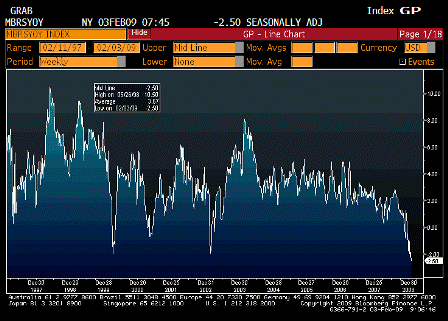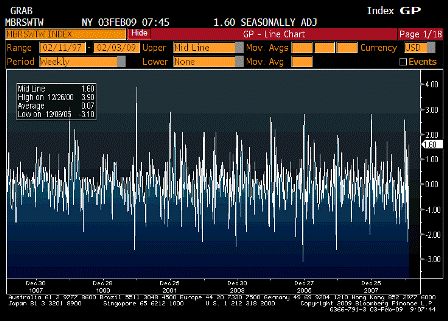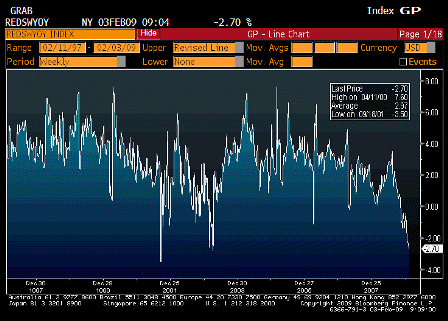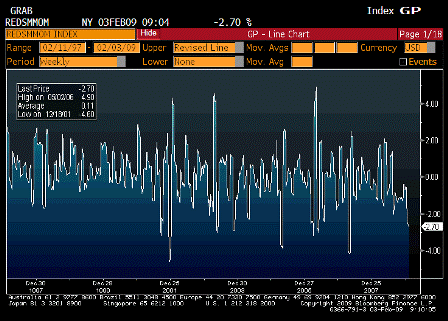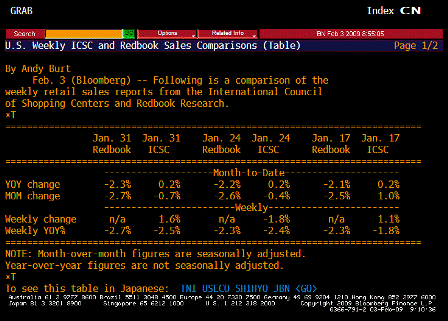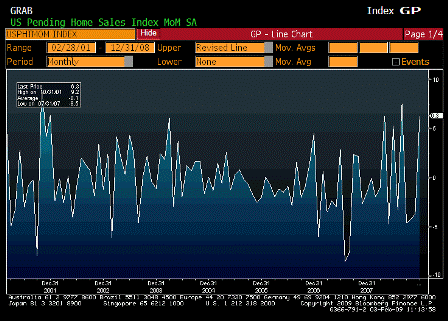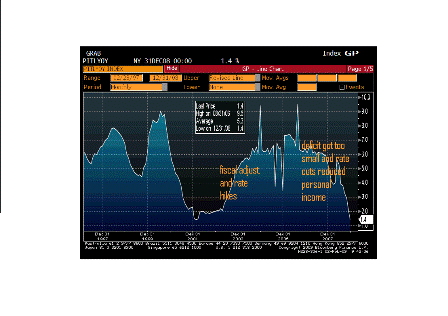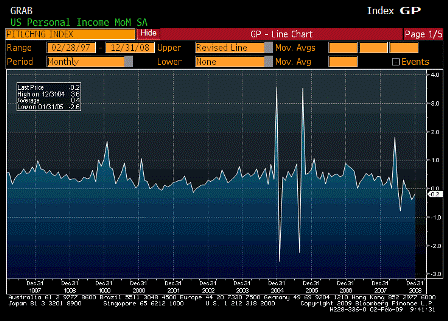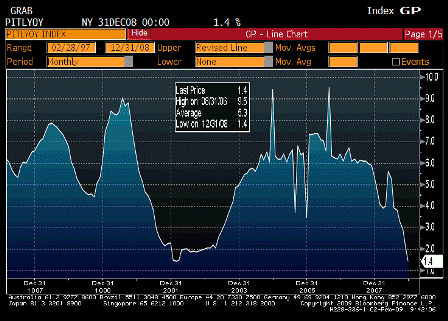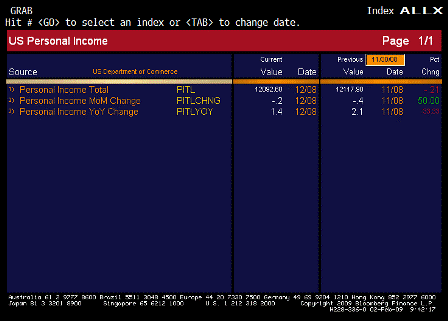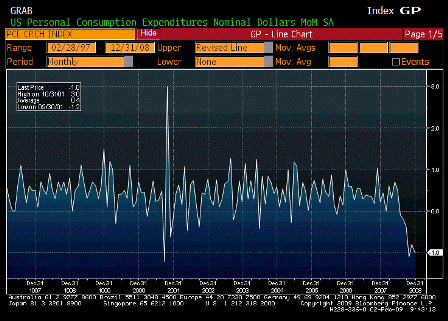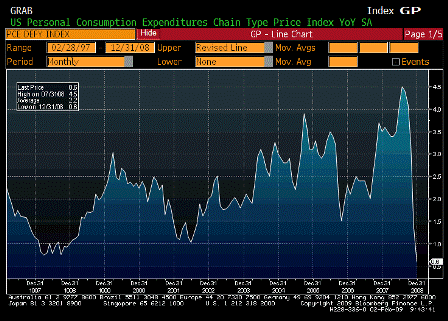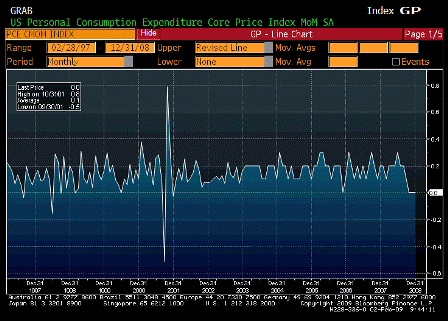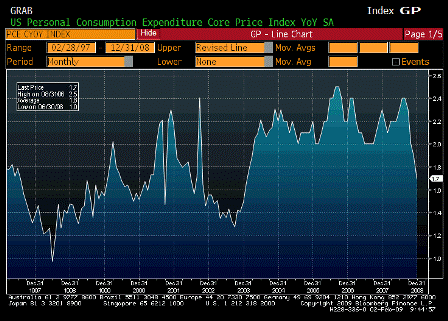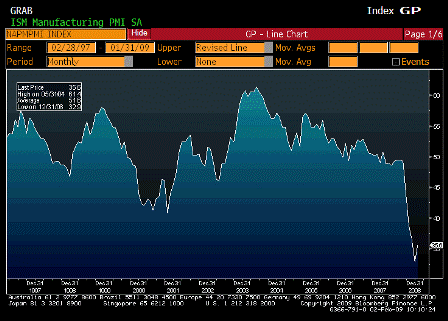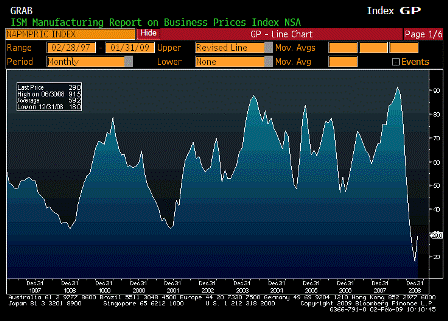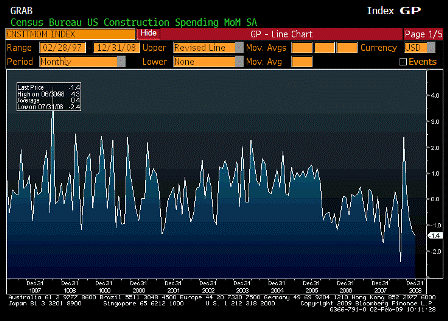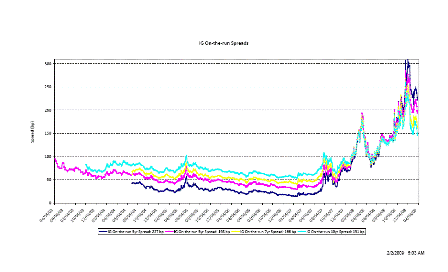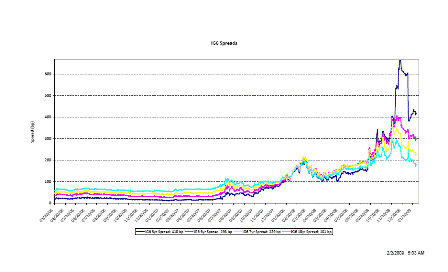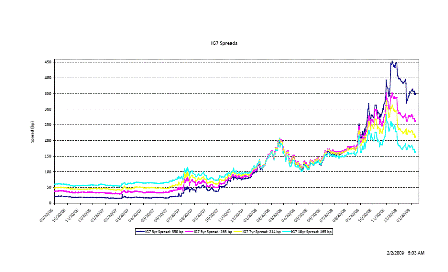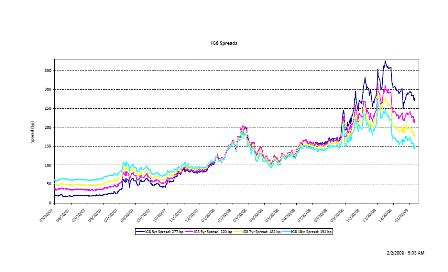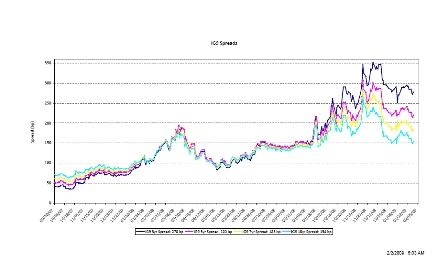by Jack Willoughby
Jan 31 (Barrons) — European central banks are at risk of defaulting on their currency swaps with the U.S. Federal Reserve, unless major banks on the Continent can find some way to stabilize their deteriorating balance sheets.
TO AID THEIR AILING COMMERCIAL banks, central banks in Europe have relied on huge currency swaps, borrowing nearly $400 billion from the U.S. Federal Reserve. But as European commercial banks and European currencies deteriorate, repaying all that money to the Fed is becoming ever more difficult.
“[Fed Chairman Ben] Bernanke’s assurances aside, I don’t see how they can easily be repaid,” warns Gerald O’Driscoll, senior fellow with the Cato Institute and formerly with Citigroup and the Dallas Fed.
Here is how the swaps work. The Fed and, say, the European Central Bank agree to exchange a set amount of each other’s currencies at a certain exchange rate for six months, with a provision to renew the terms at maturity. The ECB uses the money to help aid bank-bailout packages for countries like Belgium, Finland, Hungary and Ireland that have troubled dollar-based assets. (Asian central banks are also part of the program, but haven’t utilized it nearly as heavily.) The Fed gets a promise from the ECB to repay the debt in six months.
A big hitch: Europe’s commercial banks have more exposure to wounded emerging markets than U.S. counterparts. By one estimate, European banks provided three-quarters of the $4.7 trillion in cross-border loans to the Baltic countries, Eastern Europe, Latin America and emerging Asia. Their emerging-markets exposure exceeds that of U.S. lenders to Alt-A and subprime loans.
THE SWAPS MAY MERELY delay the inevitable major shake-up of Europe’s banking system, O’Driscoll fears, and move the U.S. Fed beyond its original operating brief. Adds Neil Mellor, currency strategist at Bank of New York Mellon: “The aftershocks of the current global credit crisis are continuing to induce huge turbulence in the foreign-exchange markets, which is only now being more keenly felt in the eurozone and Britain.”
You can debate the merits, but not the size of the swaps program. It is big. The Fed’s currency swaps have expanded from zero a year ago to $506 billion. Of the 14 central banks involved, the ECB by far has been the biggest counterparty to date, drawing down $264 billion (versus Mexico’s $33 billion drawdown via a similar program at the height of the 1995 peso crisis). Skeptics contend that the swaps are thinly disguised spending that was carried out without Congressional approval.
“A case can obviously be made for [swaps] in the current global crisis,” says Al Broaddus, a former president of the Federal Reserve Bank of Richmond. “But these swaps always struck me as uncomfortably close to the Fed making fiscal policy. That is why, whenever they came up for authorization, I voted against them.” Last week, current Richmond Fed President Jeffrey Lacker voted against the Fed’s targeted-credit programs. It is rare for a Fed official to openly oppose the Federal Reserve Board.
Traditionalists would prefer that the Fed stick to guiding interest rates and controlling the money supply. Fiscal policy, by contrast, forces the bank to decide who gets what, which can become a political calculation.
In a Jan. 13 speech at the London School of Economics, Bernanke said the joint actions of the Fed and foreign central bankers “prevented a global financial meltdown in the fall.” Were these loans not made, he said, there would have been a much greater risk of crossborder financial collapses that would have left the global economy in even worse shape.
The swap lines, Bernanke continued, were necessary and will be self-liquidating, running off the Fed’s book like some of its commercial-paper programs already have. “Liquidity provision by the central bank reduces systemic risk by assuring market participants that, should short-term investors begin to lose confidence, financial institutions will be able to meet the resulting demands for cash without resorting to potentially destabilizing fire sales of assets,” Bernanke said.
Yet in recent weeks, the situation seems to have worsened for European banks and their home countries alike. The Dow Jones Euro Stoxx Banks Index is off 66% since Bernanke spoke. The Royal Bank of Scotland (ticker: RBS) is now a government property, as is Belgium’s Fortis (FORB.Belgium).
“I would say that most of the big banks in Europe are insolvent,” says Dory Wiley, president of Commerce Street Capital, a money-management firm that invests in banking stocks. “That is what made them great — but unpredictable — shorts. They represent major components in those country funds everyone buys.” The danger is that governments, being the prime backstops for their commercial banks, will be forced into default or be downgraded. One hedge-fund manager advises retail investors to simply steer clear of Europe.
Particularly vulnerable to further decline seem to be: Switzerland’s Credit Suisse (CS) and UBS (UBS), as well as Britain’s Barclays (BCS), Austria’s Erste Bank (EBS.Austria), Sweden’s Nordea (NDA.Sweden), the Netherlands’ ING (ING), Belgium’s Fortis and Spain’s Banco Santander (STD). These highly leveraged banks have huge emerging-market exposure, and reside in European countries whose financial resources are small relative to the assets of the giant banks they host.
Little wonder that countries have had a difficult time selling their own debt to investors worried about both general economic conditions and the possibility that the banks’ problems may overwhelm their governments’ ability to cope with them. Moody’s Investors Service recently downgraded the credit ratings of Latvia, and commented on Greece; the agency cited, in part, bank problems in both countries. Ireland was just put on credit watch with a view to downgrade by Moody’s because of its banking crisis.
How can the governments raise the cash to repay the Fed? The possibilities include printing more currency, thus undermining the euro’s value and increasing inflation; selling more sovereign debt; or raising taxes. None is a pleasing prospect.
The Bottom Line:
European banks face a new round of challenges. Most vulnerable: Credit Suisse, UBS, Barclays, Erste Bank, Nordea, ING, Fortis and Banco Santander.
A further complication: Countries such as Ireland must go along with whatever currency policy the European Central Bank chooses, even if it isn’t necessarily the right one for the nation. Those outside the ECB currency regime — like Switzerland — can custom-tailor their monetary response. Ireland has gone so far as to threaten to leave the monetary union unless it gets more help.
RECENTLY LATVIA, WHOSE central bank has bailed out the country’s banking system, was the scene of demonstrations and populist rhetoric aimed at granting borrowers relief on loans from Swedish banks — which have a big presence in the Baltic nation. If the Latvian government grants this relief, it would seriously hurt Swedish lenders, whose central bank has borrowed $25 billion from the Fed in these currency-swap lines.
“This is the kind of fiscal pressure that can easily rip the European Union apart, and cause the kind of civic upset that leads to revolution,” says Sean Egan, co-founder of Egan-Jones, a credit-rating firm in Pennsylvania.
And some of the most stable countries are involved. Switzerland, whose banking system has assets valued at eight times the nation’s annual economic output, is in hock to the Federal Reserve to the tune of $20 billion, a massive amount for a small country. Britain, with its highly leveraged financial system, has had to bail out its banks three times so far, yet must repay the Fed $54 billion.
These pressures are starting to affect sovereign borrowing, too: Germany recently auctioned 10-year government bonds — but the government was left holding 32% of the offer, in what analysts regarded as a failed deal.
Economists Carmen Reinhart of the University of Maryland and Ken Rogoff of Harvard have studied sovereign defaults going back to the 14th century, and found that mass sovereign defaults tend to run in waves when currencies begin to melt down. Says Reinhart, “We’ve found that global banking crises cause the kind of turbulence that leads to sovereign defaults. It’s just beginning.”
Lee Hoskins, former president of the Cleveland Fed, in the early ’90s led a move to stop the U.S. central bank from using swap agreements to warehouse foreign currencies to help the Treasury implement its foreign-exchange policy. Hoskins views the Fed as pursuing a policy of credit allocation rather than targeting monetary aggregates or interest rates. Hoskins believes the Fed should let some of the banks here and abroad go under. “Unless we stop the forbearance and dispose of the insolvent banks, the problems are only going to get worse,” says Hoskins.
Meanwhile, Bernanke says he isn’t so much managing the money supply on a quantitative basis, but rather pursuing “credit easing,” focusing on a mix of loans and securities affecting household- and business-credit conditions. Emergency loans and swap lines made to central banks will essentially be repaid once things return to normal for the big banks.
Walker Todd, a former lawyer for the New York Fed, would prefer that Congress review these swap lines and the agreements behind them — to make sure they were made with the proper authority.
Bernanke concedes that the banking sector is far from saved at this point: Worsening growth prospects, continued credit losses and markdowns will keep pressure on the capital and balance sheets of financial institutions.
“More capital injections and guarantees may become necessary to ensure stability and the normalization of credit markets,” says the Fed chief.
But shouldn’t Congress have a say in how much more the Fed lends to Europe?
